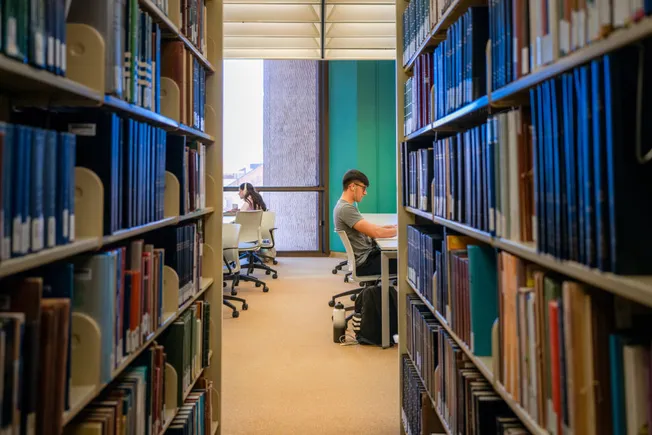Key points:
As artificial intelligence (AI) becomes an integral part of modern education, instructional coaches play a pivotal role in guiding teachers on its implementation, bridging the gap between emerging educational technologies and effective classroom practices.
As trusted mentors and professional development leaders, they guide teachers in implementing AI tools thoughtfully, ensuring that technology enhances student learning while aligning with pedagogical best practices. This article briefly synthesizes responses from instructional coaches regarding their experiences, challenges, and recommendations for integrating AI into K-12 education.
Ten instructional coaches, all with advanced degrees, had the following insights into the instructional use of AI in K12 education. They all have more than 10 years of experience in education and work across all three types of school environments: urban, suburban, and rural.
The coaches reported that AI is used for various instructional purposes. The most-cited applications included providing feedback on student work, creating professional development materials, supporting writing and content generation, creating course content, and enhancing accessibility for students with special needs. Many coaches note that AI tools assisted in grading assignments, offering real-time feedback, and supporting differentiated instruction. AI-powered feedback helps teachers provide more personalized responses without increasing their workload. Regarding professional development, AI is being used to generate training content for teachers, ensuring they stay updated on educational trends. Coaches are leveraging AI to curate research, synthesize best practices, and develop instructional strategies tailored to their schools. They encourage teachers and students to utilize AI for brainstorming, outlining essays, and improving writing mechanics.
Perceived impact of AI on instruction
The vast majority of instructional coaches expressed positive expectations regarding AI’s potential to reduce educator workload, create personalized learning experiences, and improve access for students with disabilities. However, perspectives on AI’s overall impact on education varied. While most believe AI has positively influenced instruction, a few remain cautious about its potential risks. One coach suggested that allowing students to utilize the tools in a structured setting and teaching them to use AI as a tool is one of the biggest potentials for generative AI in education. About three-fourths of coaches feel that AI will reduce teacher workload by automating repetitive tasks such as grading and data analysis.
Concerns about AI in education
While AI presents numerous benefits, instructional coaches also raised concerns about its potential drawbacks, including ethical dilemmas, student engagement challenges, and equity issues. Despite its advantages, instructional coaches identified several challenges and ethical concerns. They worry some students will use AI tools without critically engaging with the material, leading to passive learning and an overreliance on generative tools. Some had concerns that AI-generated content could reduce the need for creativity and independent thought. Coaches worry that AI makes it easier for students to plagiarize or rely on generated answers without truly understanding concepts which can negatively impact academic integrity. Coaches cite technical challenges as well. Educators face issues with AI tool reliability, compatibility with existing learning management systems (LMS), and steep learning curves. The coaches mentioned that some schools lack the infrastructure to support meaningful widespread AI integration.
Several ethical and privacy concerns were mentioned. AI tools collect and store student data, raising concerns about data privacy and security–particularly with younger students who may be less aware or concerned about revealing personally identifiable information (PII). They mention the need for clear guidelines on responsible AI use to prevent bias and misinformation.
Coaches emphasize the importance of verifying AI-generated materials for accuracy. They suggest teachers be encouraged to cross-check AI-produced responses before using them in instruction. They recommend robust integrating discussions on digital literacy, AI biases, and the ethical implications of generative AI into classroom conversations. Schools need to train educators and students on responsible AI usage. Some schools restrict AI for creative writing, critical thinking exercises, and certain assessments to ensure students develop their own ideas–an idea that coaches recommend. Coaches suggest embedding AI literacy into existing courses, ensuring students understand how AI works, its limitations, and its ethical implications.
Equity concerns are a serious issue for instructional coaches. Schools should ensure all students have equal access to AI tools. AI should be leveraged to bridge learning gaps, not widen them. Making sure all students have access to the same suite of tools is essential to create a level playing field for all learners. Instructional coaches generally agree that AI is not just a passing trend, but an integral part of the future of education. There is a concern that generative AI tools will reduce the human interaction of the teaching and learning process. For instance, interpersonal relationships are not developed with AI-based tutoring systems in the same way they can be developed and encouraged with traditional tutoring processes.
The integration of AI in K-12 education presents both opportunities and challenges. Instructional coaches largely recognize AI’s potential to enhance learning, improve efficiency, academic integrity, and maintain human-centered learning experiences. As AI continues to evolve, educators must be proactive in shaping how it is used, ensuring it serves as a tool for empowerment rather than dependency. Future efforts should focus on professional development for educators, AI literacy training for students, and policies ensuring equitable AI access across diverse school settings.








